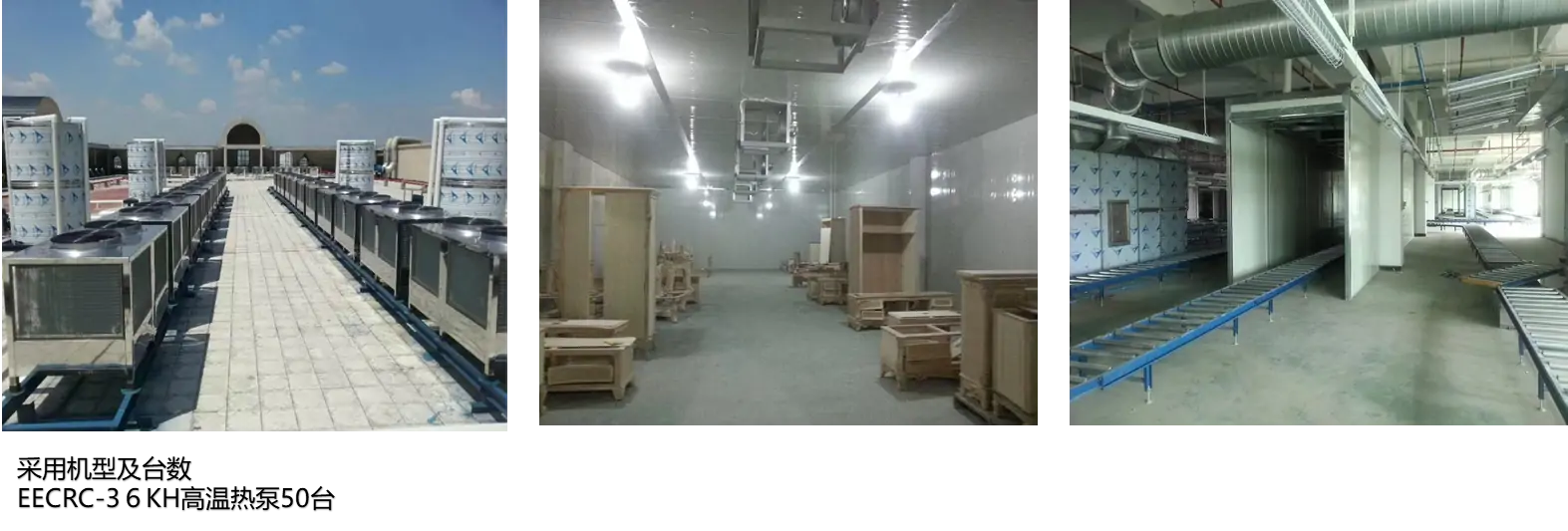Industrial Waste disposal Solution systems
Industrial Waste Disposal Solution Systems manage industrial waste. Waste is segregated on-site into types like hazardous chemicals and general waste. Stored safely, then transported to facilities. Treatment includes chemical, incineration, recycling. Landfill for some waste with regulations. Crucial for environmental protection and compliance.
















